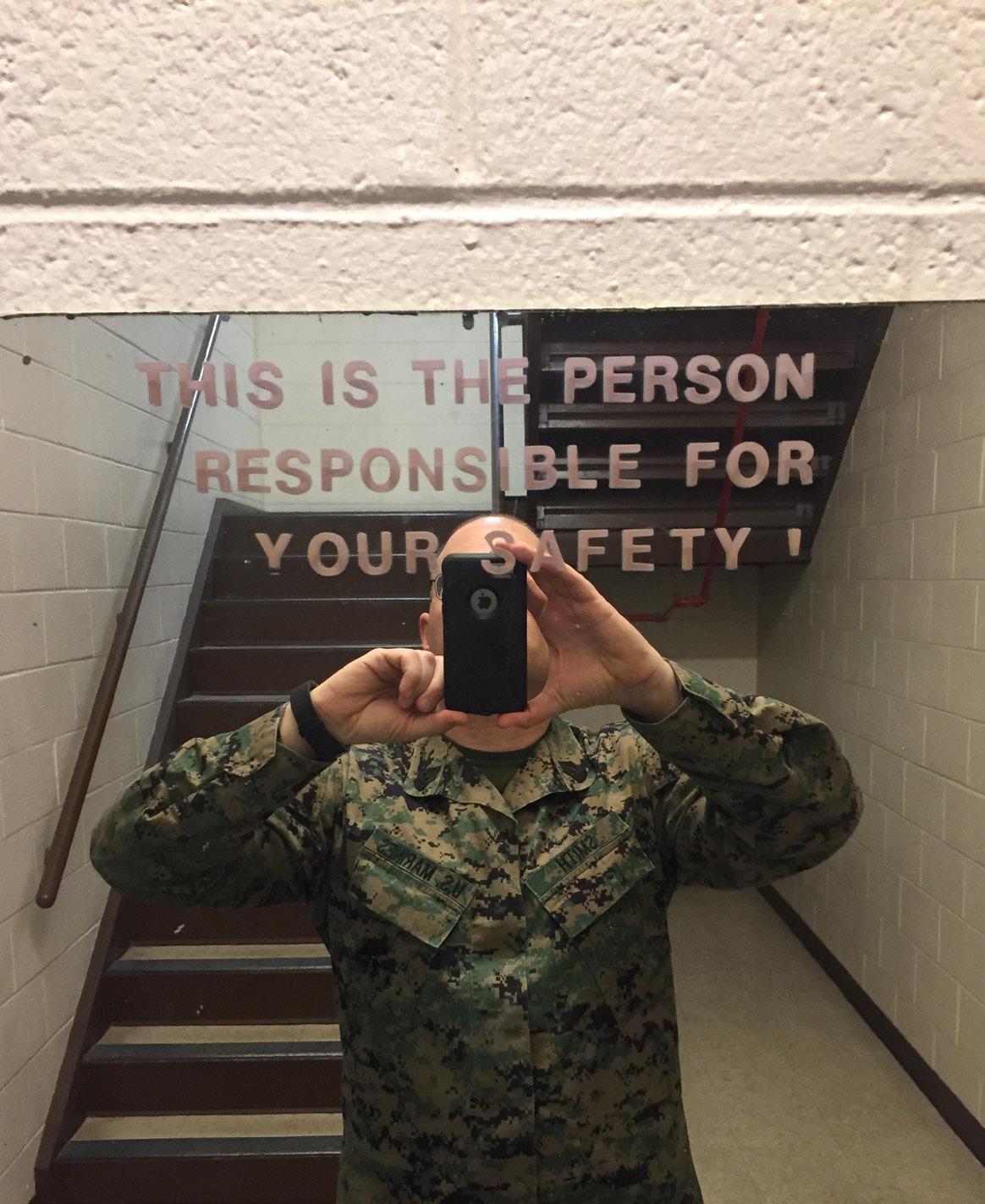
3 minute read
Proper Tool for the Job
Photo by Apprentice Orion
By ADCS (AW/SW) Andrew S. Van Norman
Advertisement
The pass down from the previous shift just finished; the next shift just started and so begins the countdown to the next pass down. The list of maintenance tasks from the prior shift seems never-ending. How many times have you been in the middle of a maintenance task and rather than stop everything and go back to the workcenter to get a hammer, you pick up a ratchet to knock that piece into place? Sure, the job was finished a few minutes faster this time, but have you ever considered the consequences of not using the proper tool for the job?
Whether you’re working on your own car in the driveway or a multimillion-dollar aircraft on the flight line, using the proper tool is vital in preventing a wide array of mishaps. Is it easier to use a screwdriver as a pry bar? Is it faster to use a wrench as an extension bar? How about a pair of pliers as a wrench? Perhaps. But what happens when that ratchet you used as a hammer or the part you are hammering breaks? Now a broken tool is reported, a foreign object damage inspection is performed and it may even require additional time to replace another broken component. A short walk and an extra five minutes to check out the proper tool from the shop can help avoid a rather long walk to maintenance control and an uncomfortable chat with the Maintenance Chief explaining how your negligence is holding up the mission.
The majority of maintenance performed on an aircraft requires a particular tool, or set of tools, to get the job done. Maintenance publications serve as instructions to perform the job correctly and efficiently, outlining the tools and materials required. Along with the tools and publications, tool control programs are in place to ensure accountability for the tools used on an aircraft to avoid operational mishaps that can be detrimental during flight.

Photo by Petty Officer Third Class Alexander M. Corona

Photo by Alana Langdon
Just as surgeons count all their instruments before and after an operation to avoid complications, it is crucial tool control programs are well-maintained, up-to-date and followed at all times to prevent instruments from causing damage to the aircraft.
When you are up against a heavy workload and a clock that seems to move with lightning speed, it is easy to look for quick solutions to small problems that arise during the job. A piece lodged here, a stripped screw there and rather than take the time to get the right tools to handle the tangential problem, you’re now grabbing your pocket knife or multitool to handle the job.
While this might be an option when you are at home working on your car, using the same shortcut when working on an aircraft could cost someone their life. Personal tools are not accounted for as a part of the tool control program; they are not etched, not checked out and not included on an inventory. If that tool was left on the aircraft, how would anyone know it was there?
While we have all been guilty of tool misuse to some degree, it is our job as supervisors, inspectors, maintainers and shipmates to ensure we all abide by the rules and procedures of the programs that keep us honest and keep us from causing a major incident. Not all programs are focused for strictly “on the job” or “aviation only.”
The use of risk management and tool control is not a waste of time, it saves time and lives. We hear it all the time: Use proper personal protective equipment, the proper tools for the job and put safety first. These rules apply for our own safety, whether it is on or off duty. Do not be the one to ignore the warnings. Be the one to listen.





